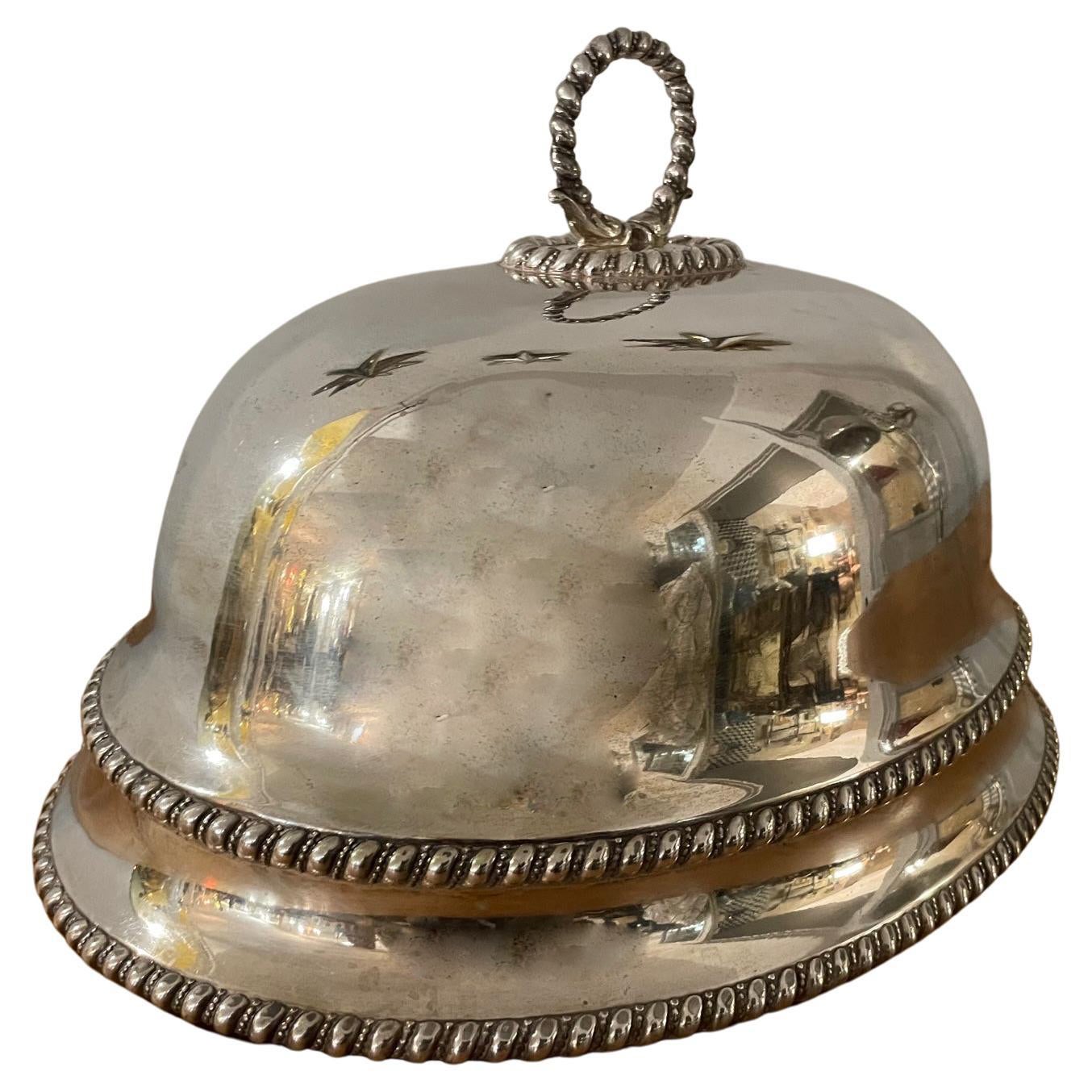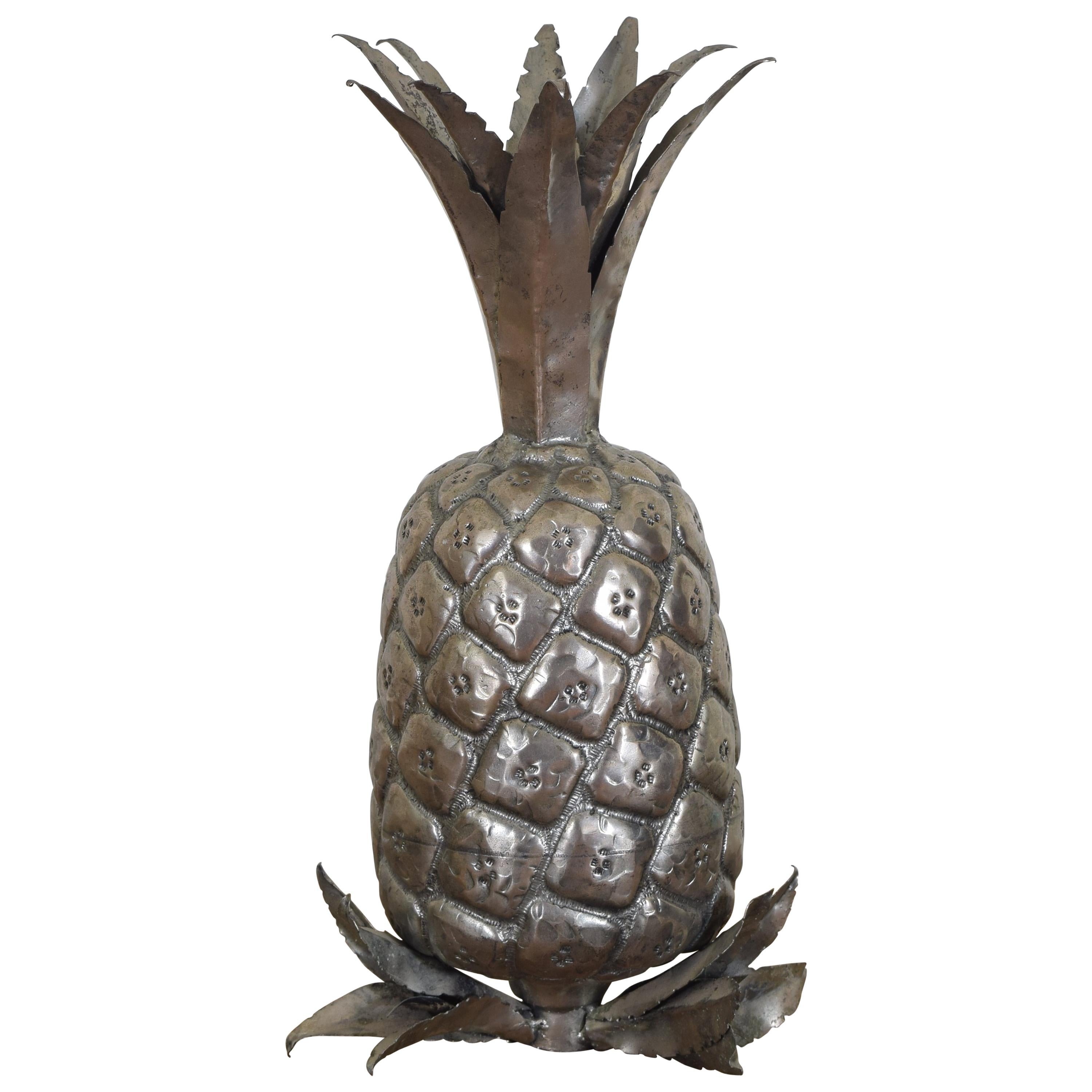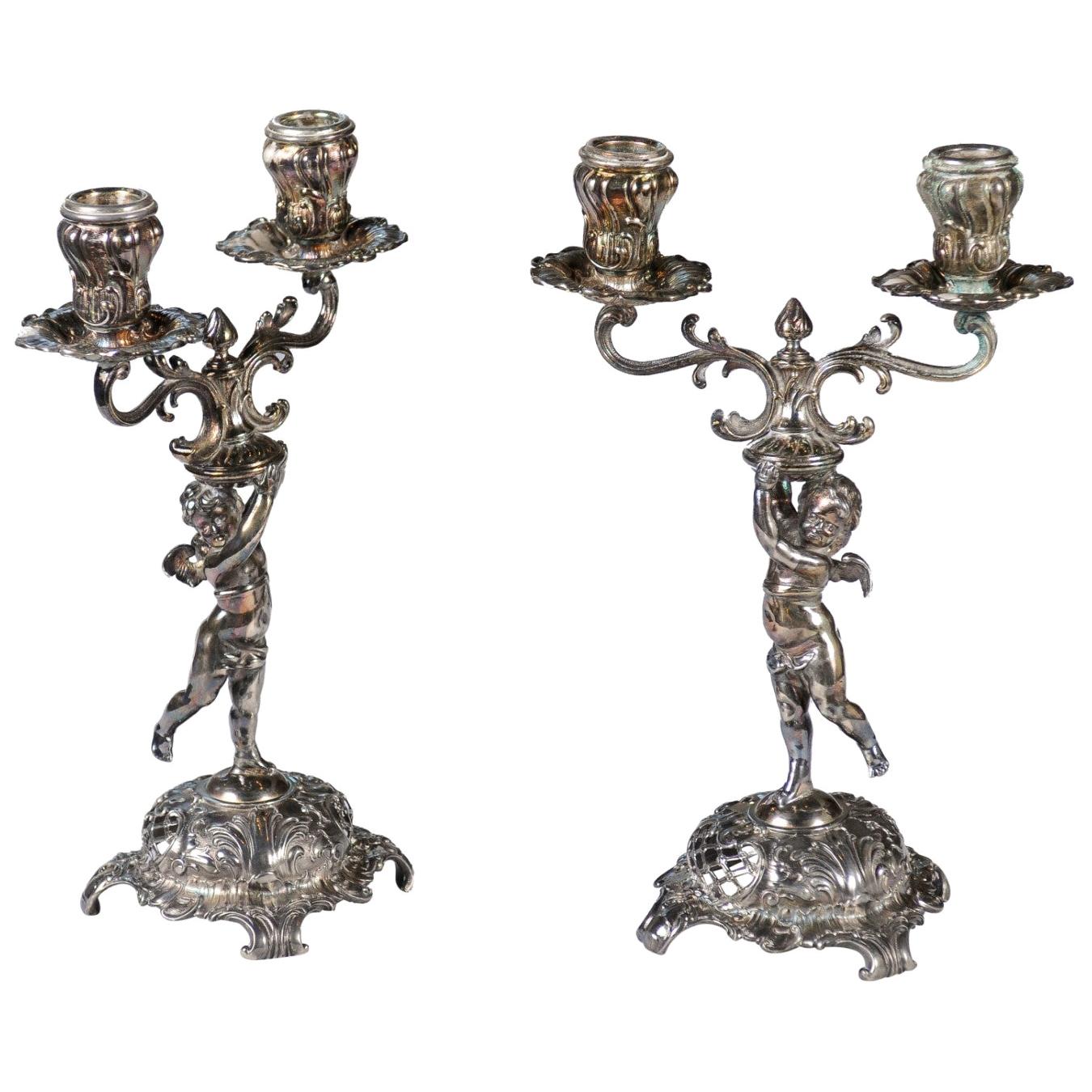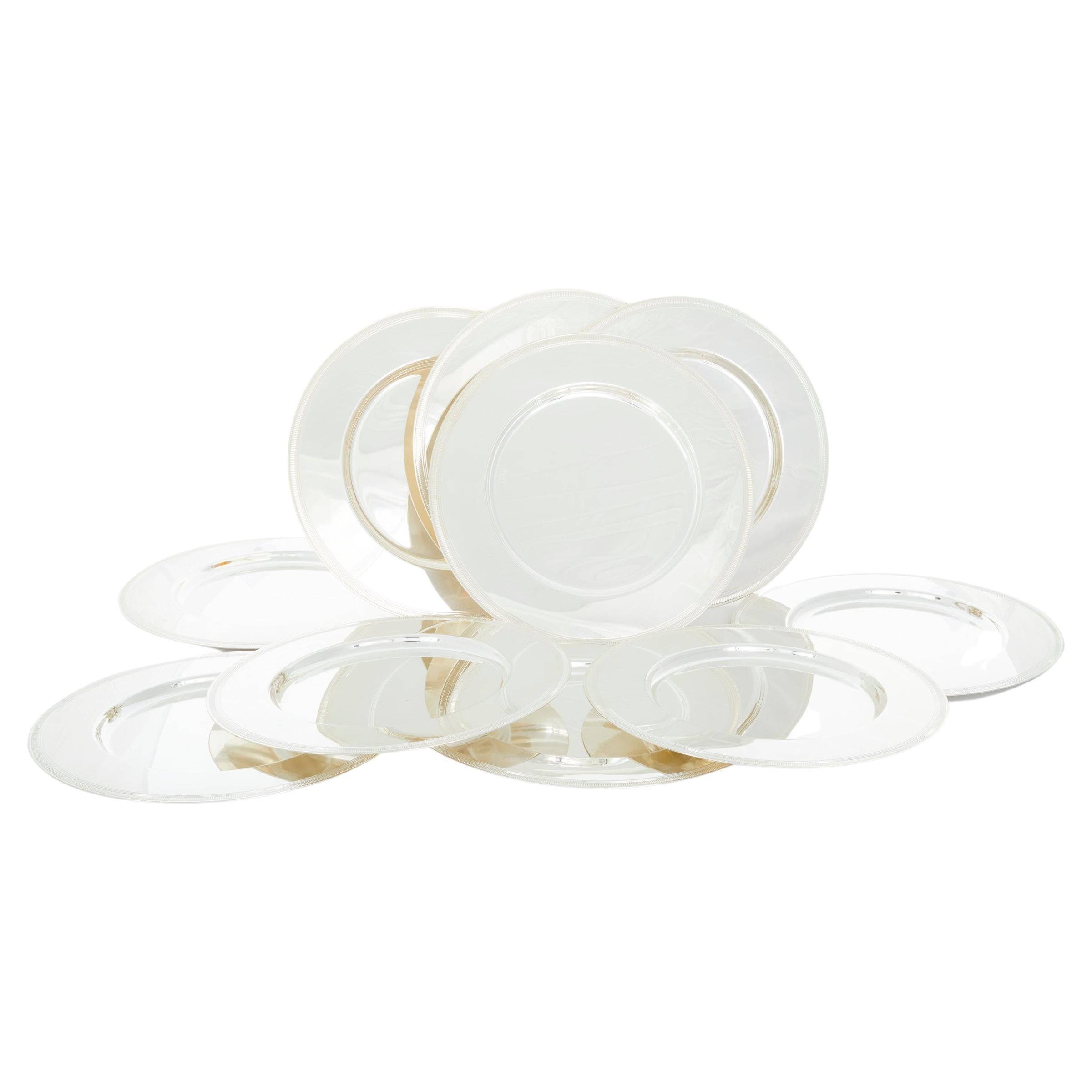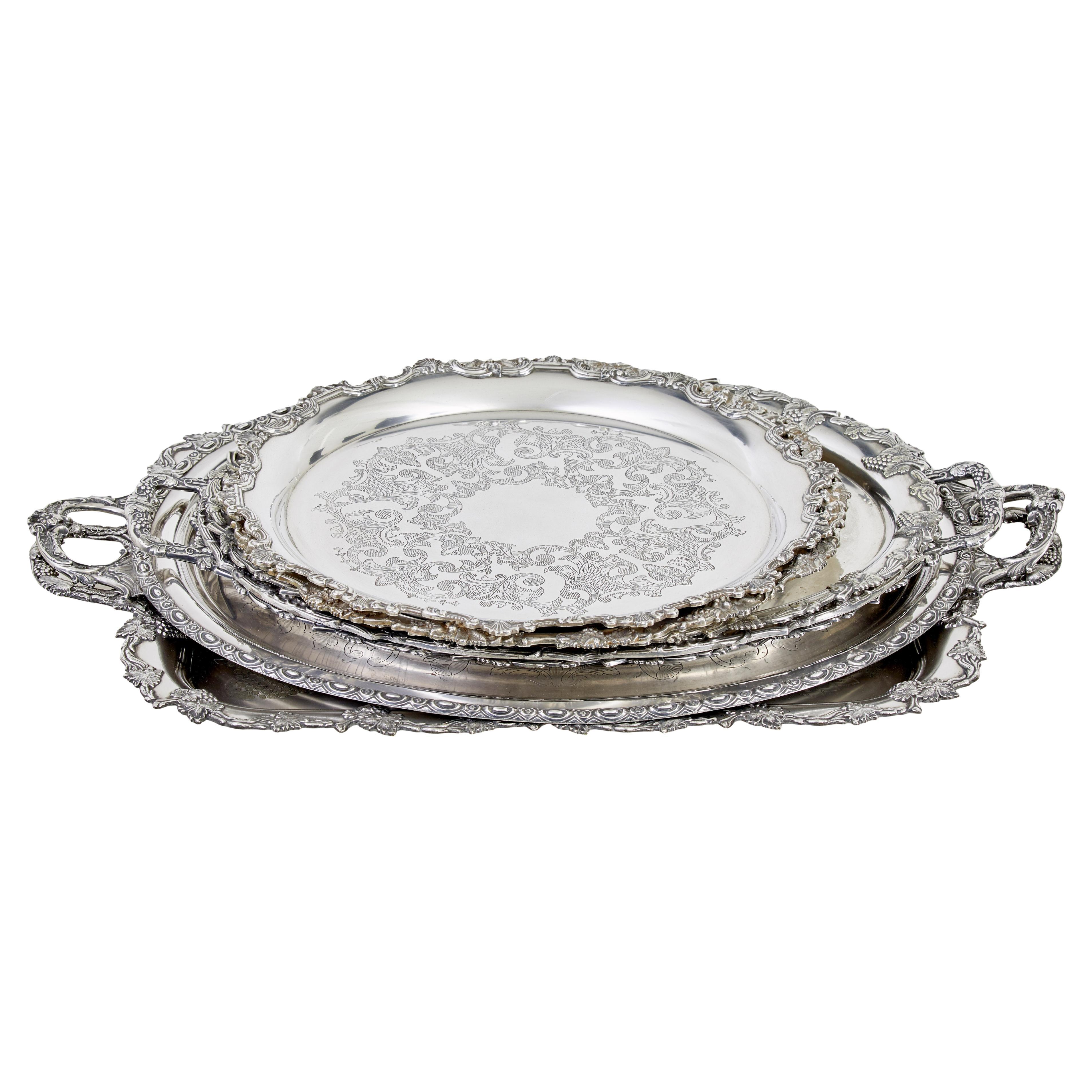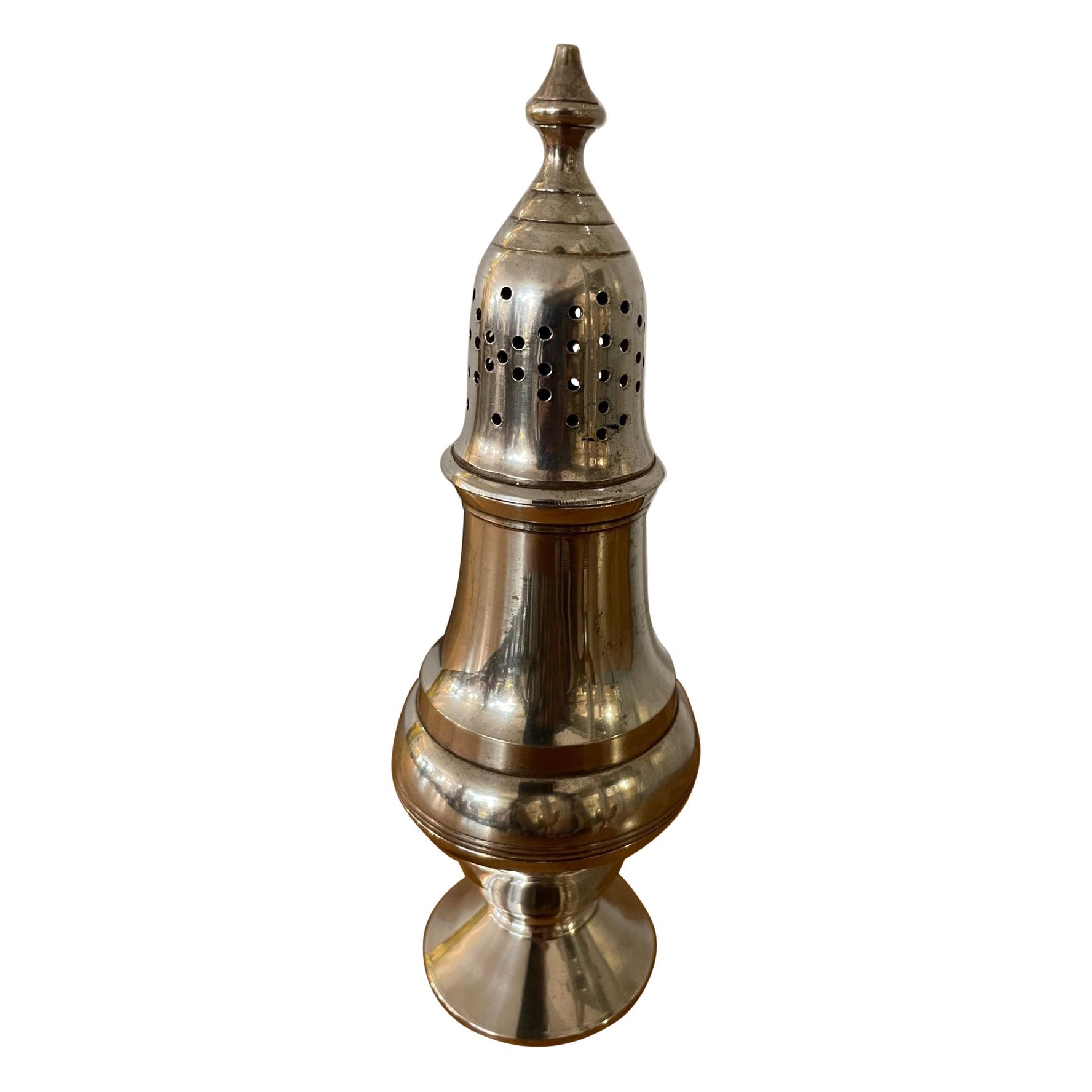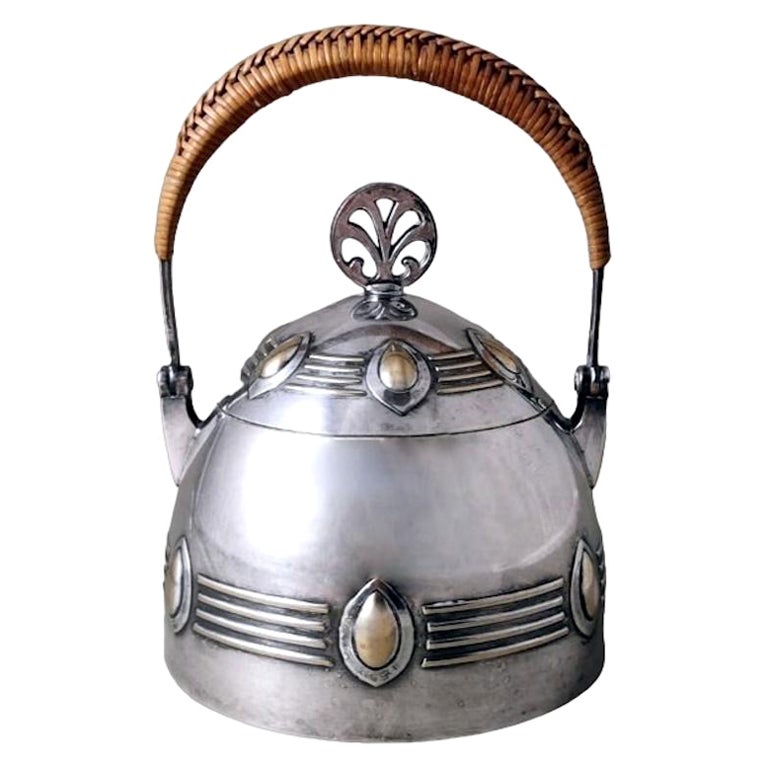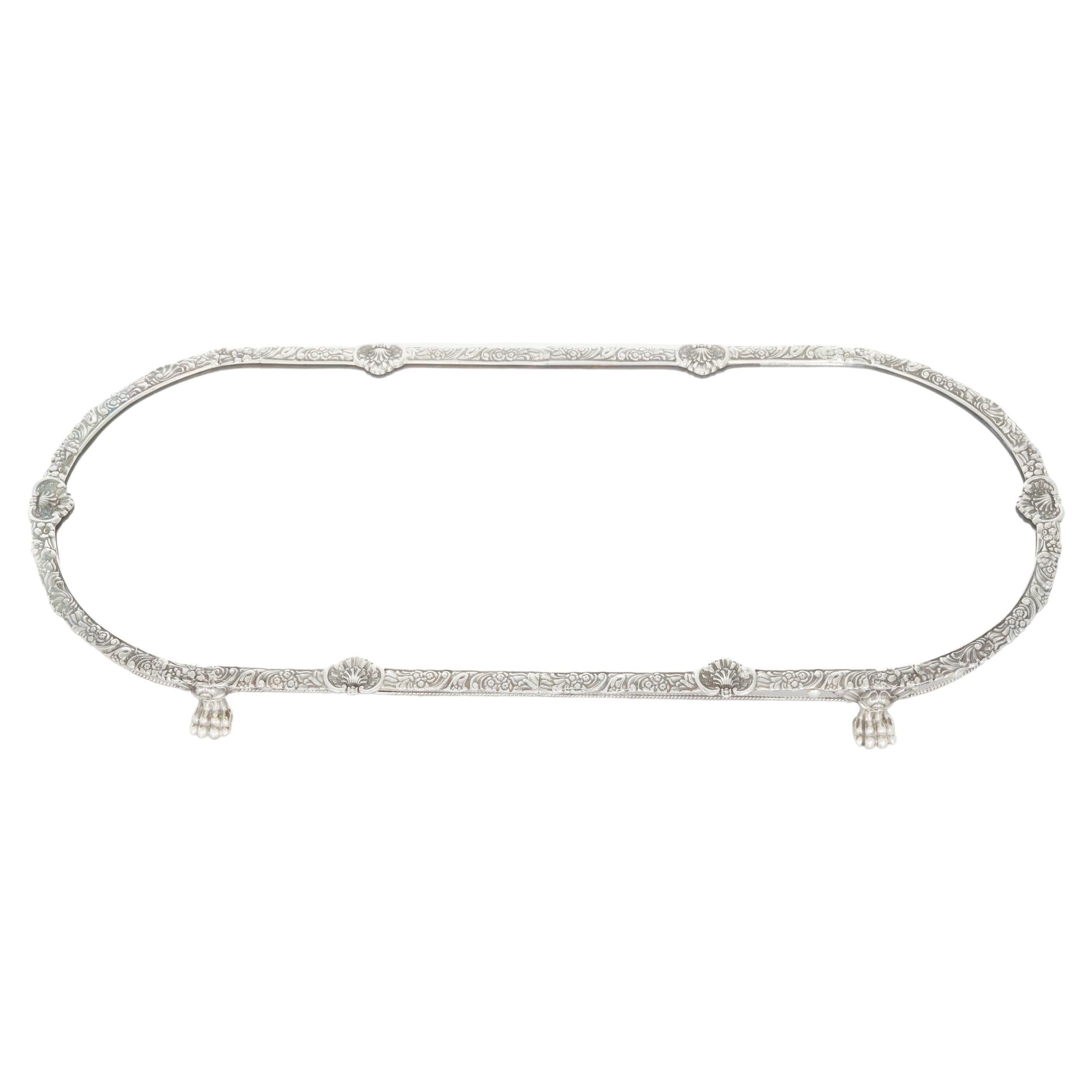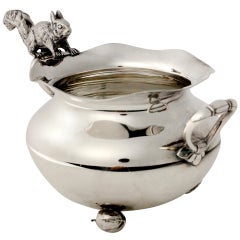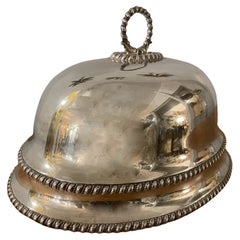
20th Century German WMF Silver Plated Squirrel Nut Dish
View Similar Items
1 of 5
20th Century German WMF Silver Plated Squirrel Nut Dish
About the Item
- Dimensions:Height: 8 in (20.32 cm)Width: 10.5 in (26.67 cm)Depth: 7.75 in (19.69 cm)
- Materials and Techniques:
- Place of Origin:
- Period:1910-1919
- Date of Manufacture:circa 1910
- Condition:Any dark areas are shadows from the photography - there is no damage to the silver plate.
- Seller Location:Umberleigh, GB
- Reference Number:Seller: 483711stDibs: LU262137281503
You May Also Like
- Silver Plate Nut DishBy James W. TuftsLocated in New York, NYRound silver plate nut dish with scalloped edge and small squirrel perched on side branch. James W. Tufts, Boston, "Plate Guaranteed", 1883.Category
Antique 19th Century American Sheffield and Silverplate
MaterialsSilver Plate
- 20th century English Silver plate Dish Bell, 1950sLocated in LEGNY, FRBeautiful 20th century English Silver plate Dish Bell from the 1950s. Very elegant details, especially of the handle. Make a difference on a diner table...Category
Vintage 1950s French Sheffield and Silverplate
MaterialsSilver Plate
- Antique WMF Silver Plated Sweets / Visiting Card / Key/ Tray Early 20th CenturyLocated in London, GBThis is a beautiful WMF Art Nouveau silver plated visiting card tray Circa 1900 in date. Depicting a female figure in a long, flowing diaphanous dress, the train forming the double sided tray, with the impressed maker's mark and stamped '169' to underside. This exquisite casket could house anything from trinkets, keys, sweets to jewellery. Whatever you choose to use this item for you are sure to do it in style. Condition: In excellent condition with no dings, dents or signs of repair. Please see photos for confirmation. Dimensions in cm: Height 22 x Width 34.5 x Depth 16.5 Dimensions in inches: Height 9 inches x Width 1 foot, 2 inches x Depth 6 inches WMF In 1853, Daniel Straub, a miller from Geislingen, joined forces with the Schweizer Brothers to form the "Metallwarenfabrik Straub & Schweizer" in Geislingen. This was the second company to be founded by Straub - previously in 1850, from the nucleus of a small repair workshop, which he had set up to work on the construction of Geislingen's famous railway incline, he had founded Maschinenfabrik Geislingen. This company was involved mainly in manufacturing mill turbines and traded throughout Europe. As early as 1862, the young company distinguished itself by winning a gold medal at the World Exhibition in London. In 1866, following the departure of the brothers Louis and Friedrich Schweizer, the company was renamed Straub & Sohn" (Straub & Son). The company showroom, built in 1868 in Berlin, gradually evolved to become the company's first retail outlet. Three years later, the company was already employing 60 workers. By 1880, the number of employees had grown to approximately 200 and the company was already producing 960 different items. 1880 saw the merger between Straub & Sohn and "Ritter & Co.", Esslingen, to form a public limited company under the name of Wurttembergische Metallwarenfabrik. At the time of the merger, Ritter & Co.'s Esslingen factory was already using the electroplating method of silver plating and had the more modern production facilities at its disposal. Straub's company, on the other hand, was the more profitable of the two. 1892 saw the development of a special technique for silver plating cutlery, whereby the silver is distributed in a way that, at the points of the cutlery most exposed to wear and tear, the coating is twice as thick as elsewhere. This process was patented and is still in use today. Known nowadays as 'Perfect Hard Silver plating' the technique remains exclusive to WMF. Under Carl Hugele the company gained international standing. At the turn of the century the factory in Geislingen employed 3,000 workers. By 1910, this number had already grown to 4,000, making WMF the largest company in Wurttemberg at this time. Sales catalogues were printed in twelve languages. Subsidiary companies in London, Warsaw and Vienna opened up export markets. Under the direction of Albert Mayer the WMF studio was influenced by the art nouveau style. The product range was modernized and considerably extended. In 1905 WMF acquired a majority holding of the Cologne company Orivit AG, which manufactured products from "Orivit", a tin alloy. As of 1925, products created by the Contemporary Decorative Products Department (NKA) made their debut on the market. This department was set up under the direction of Hugo Debach in order to establish the name of WMF amongst consumers interested in art and design. This department was responsible for producing the special "Ikora" finish, which has earned an important place in the annals of art history. The "Ikora" brand name referred to a specific method of treating the surface of the metal, by which layers of coating were applied in a partly chemical and partly heat induced process. A host of newly developed hand-finishing techniques enhanced the possibilities for adding decorative flourishes to the products. Despite being mass produced, every item looked as if it had been individually crafted. At the end of the war the company had lost its foreign assets, associated factories...Category
Antique Early 1900s German Art Nouveau Sheffield and Silverplate
MaterialsSilver Plate
- A Fine Early 20th Century Silver Plated Entrée Dish, England Circa 1900By Charles Howard CollinsLocated in Ottawa, OntarioThe very attractive, curvilinear shaped base having a domed lid fitted with a foliate cast detachable handle, richly decorated overall with embossed & foliate engraved detail and blank cartouches on either side (suitable for monogramming...Category
Early 20th Century English Victorian Platters and Serveware
MaterialsSilver Plate
- 20th Century Silver Plate Pocket EmptierLocated in Casale Monferrato, ITBeautiful 20th century silver plate pocket emptier. Refined finely chiseled decorations. Perfect for embellishing a desk with class.Category
Vintage 1930s English Sheffield and Silverplate
MaterialsSilver Plate
- Continental Silver Plated Pineapple, 20th CenturyLocated in Atlanta, GAThe miniature pineapple well cast and plated in silver, with a leaf-form lower section serving as a stand.Category
Mid-20th Century European Barware

